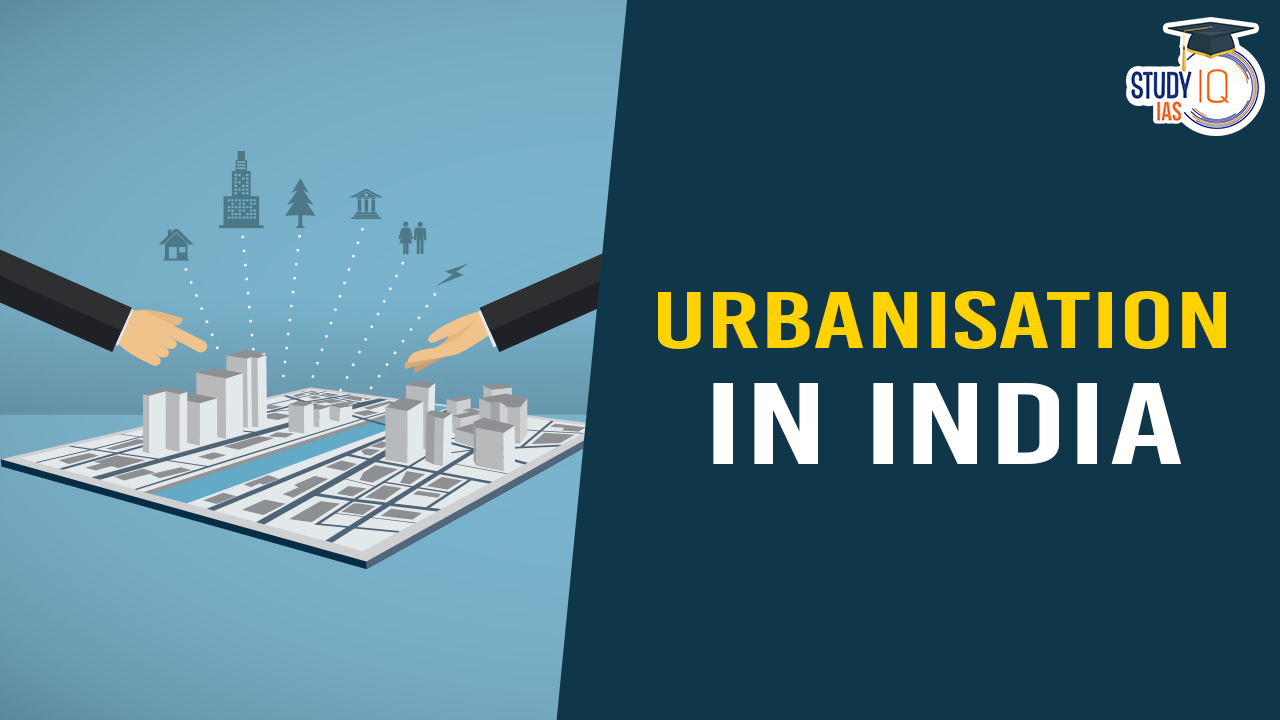Table of Contents
Context: A series of recent accidents in Indian cities, including building collapses, boiler blasts, and fires, have highlighted the issue of institutional failure in urban development.
Recent Mishaps in Indian Cities
Several recent incidents across Indian cities have highlighted potential failures in urban planning and regulation:
- Ghatkopar (Mumbai): An oversized hoarding fell over a petrol pump during a dust storm on May 13, causing 16 fatalities.
- Pune: A billboard collapse occurred just three days after the Mumbai incident.
- Dombivli: A boiler blast at a chemical factory.
- Rajkot: A fire outbreak at Game Zone.
- Vivek Vihar (New Delhi): A blast of oxygen cylinders at a paediatric hospital due to a short circuit.
These events are seen as indicative of broader institutional failures, pointing to lapses by municipal corporations, civic development authorities, and planning control commissions.
Role of Urban Planning in India
- Urban development is guided by by-laws established under the National Building Code, which includes:
- Building Safety and Livability: Regulations are intended to ensure safety, livability, and sustainability.
- Spatial Relationships: Planning documents outline the placement of facilities to balance social and economic needs.
- However, the implementation often involves compromises to accommodate higher densities, leading to suboptimal outcomes:
- Construction Compromises: For example, the modification of buildings to add fire escape staircases externally, which may not be easily accessible.
- Economic Pressures: Balconies and terraces, which do not contribute to the Floor Space Index (FSI), are often omitted from new developments.
Impact on Public Space and Quality of Life
- Privatisation of Public Spaces: Increasing privatisation and surveillance of intermediate lands reduce public activities such as lingering and loitering.
- Loss of Natural Light and Ventilation: The prevalence of large hoardings and closed building environments restricts access to natural light and proper ventilation.
- Commercialization: Recreation spaces are increasingly being moved to enclosed spaces like malls, contributing to hyper-interiorized environments.
Call for Improved Urban Environments
The incidents serve as a wake-up call to improve urban planning and enforcement of building codes. Key suggestions include:
- Demand for Quality: Residents should prioritise long-term qualitative gains like natural light and air over short-term benefits like additional floor space.
- Regular Assessments: Institutions should regularly assess the quality of built environments and public spaces to ensure they meet safety and livability standards.
- Collective Responsibility: Both lawmakers and citizens must actively participate in urban development processes to foster safe and sustainable urban environments.


 Defence Acquisition Council (DAC): Role,...
Defence Acquisition Council (DAC): Role,...
 Alternate Wetting and Drying (AWD): A Cl...
Alternate Wetting and Drying (AWD): A Cl...
 Makaravilakku Festival: Significance, Ri...
Makaravilakku Festival: Significance, Ri...

























